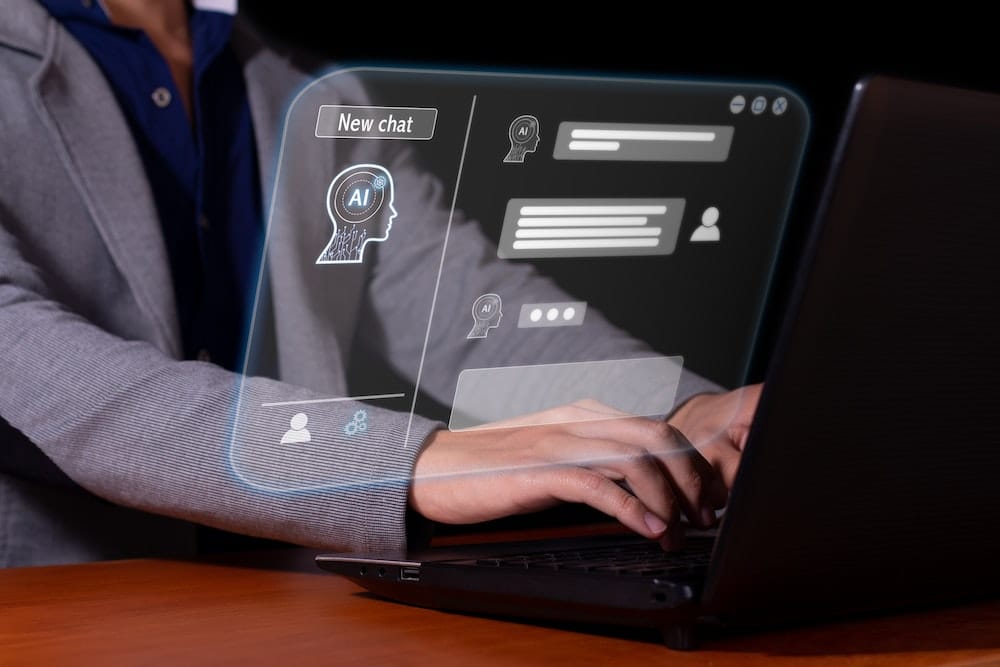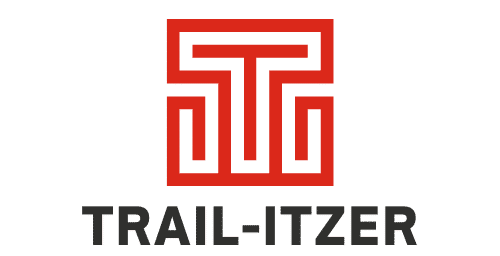Evolution of botGPT from emerging to mature in the AI era

In the field of artificial intelligence, botGPTs have taken significant steps, moving from simple text generators to tools with which one can hold a meaningful discussion. They have the ability to understand and respond accurately. This transformation stems from several major factors that have marked the evolution of AI and bots over time. Explore this article to learn about the historical evolution of botGPT and their recent advancements.
Historical background of artificial intelligence and bots
The history of artificial intelligence dates back to the beginnings of computing, where researchers had the idea of creating machines capable of simulating human intelligence. The first bots emerged in the 1960s, with programs like ELIZA, which mimicked a therapeutic conversation. Unlike what we find today by clicking on this link https://www.mychatbotgpt.com/, their beginnings were rudimentary.
Sujet a lire : What impact will quantum computing have on cybersecurity?
Indeed, bots were limited in their understanding of natural language and their ability to provide relevant responses. Technological advancements have enabled significant advances in the field of bots. The 2010s saw the advent of pre-trained language models, such as GPT bots, revolutionizing the field by allowing bots to generate text in an autonomous and contextualized manner.
BotGPTs have benefited from several technological advances which have favored their evolution towards more advanced conversational agents. Improvements in machine learning algorithms and neural network architectures, combined with increased computing power and access to large data sets, have led to better and more accurate models.
A lire également : Tester l'e-mail : vérifiez la validité de vos adresses facilement
Recent advances in botGPT development
Recent progress in botGPT development has been spectacular. Since the launch of the first GPT model in 2018, several successive versions have been released, with constant improvements in the performance and capabilities of the models. These advances have been made possible by a combination of factors, including increasing the size of neural networks, optimizing training techniques, and using larger amounts of data.
BotGPTs have become more accurate and reliable in their ability to understand and generate natural language, providing smoother and more contextually appropriate interactions for users. Additionally, advanced features such as context recognition and response personalization have been added, further improving the user experience and opening up new application possibilities in various fields.
Perspectives for the future of botGPT
The future of botGPT is bright in several ways. On the technological front, we can expect continued improvements in the performance and capabilities of GPT models, driven by advancements in the areas of AI and machine learning. These improvements could enable botGPTs to become even more precise and versatile, opening up new application possibilities in various fields such as customer service, education and healthcare.
On the application side, botGPTs could play an increasingly important role in providing personalized and high-quality services. Their ability to understand and respond to natural language could transform the way businesses interact with their customers, delivering more seamless and engaging experiences.
